Women Trailblazers in Archeology—The Remarkable Work of Merle Greene Robertson
A force to be reckoned with
Hola Amigos! I’ve read about many notable women of the Maya world, both long ago and present day—from Maya warrior queens to archeologists and scholars. This post delves into the life of an artist-explorer who forged inroads—from helping break the Maya code to preserving images created by the Maya more than a thousand years ago. Long known for her artistic rubbings from stela, temples, even sarcophagus lids, Merle Greene Robertson led a life filled with adventure and art. Women Trailblazers will be an ongoing series commemorating the women who have forged a path of discovery in the Maya world.
I've written about Maya women warriors and queens, women archeologists, anthropologists, epigraphers, authors and artists, all who've inspired the masses. After reading a 2023 Washington Post Op-Ed (“A Woman to Reboot Indiana Jones? Yes, Please”) 1 by bio-archeologist Brenna Hassett when the latest film starring Hollywood's favorite archeologist came out, she reminded us that the study of archeology is dominated by men.
To be it, you need to see it
Hassett wrote, "This is what generations of girls—me included—saw when we saw archeology, and that's a problem. Because to be it, you need to see it."
Here I’ll address women trailblazers in archeology who've carved a place for themselves and those who came after—the likes of Merle Greene Robertson and Linda Schele for starters.
In her study of the Maya, Robertson lived as many adventures as the more famous (fictional) Dr. Jones. Robertson traipsed through Central American jungles, crossed rivers, evaded looters, and worked in damp, cramped spaces hours on end creating a multitude of life-size art rubbings.
Linda Schele was a major scholar, author and trail blazer in the decipherment of Maya hieroglyphic writing and the study of ancient American civilization. Her death at age 55 in 1998 was a terrible loss to archeology and the study of the ancient Maya. An in-depth bio of Linda Schele will be explored in an upcoming article.
Merle Greene Robertson
Merle Greene Robertson was an archeologist, artist, scholar and Maya explorer; but these are mere labels. Her entrance into the exploration and portrayal of Maya culture was a catalyst for introducing the ancient Maya to the modern world. She achieved this in the mixed media of art, photography and boots on the ground, exploring numerous sites throughout Maya land.
After reading her autobiography, Never in Fear 2, I realized she well could have been the glue that stuck it all together, the Gertrude Stein 3 of the Maya world.
Along with fellow scholars, she shaped an understanding of ancient Maya civilization. She galvanized others, as an organizer, planner, dynamo, and she knew everyone in the field from Eric S. Thompson and Alberto Ruz to Michael Coe, George Stuart and those who came after.
Incidents of Travel in Yucatán
Her enthusiasm and limitless energy in regard to the Maya made her a fulcrum at the very moment the Maya re-emerged on the world stage after an unduly long absence. The first European and American explorers stumbling onto these pyramid sites in the 1840s had been floored by what they saw.
A blockbuster bestseller in 1846, Incidents of Travel in Yucatán, written by John Lloyd Stephens with drawings by Frederick Catherwood, ushered readers into Maya sites at Uxmal, Chichen Itza, and Copan.
The book blew the collective mind of the world. No one had a clue that stepped pyramids covered by centuries of vines and forest lay hidden in Mexican and Central American jungles. To Westerners, the archeological world lay on a different continent—in the mid-east and far east—not North America.
Once the genie was out of the bottle, the world clambered for more on this mysterious civilization. Stephens' concise writing along with Catherwood's magnificent drawings assisted in shaping the identity of one of the world's great civilizations.
Robertson and her work
Robertson is nearly indefinable, so interwoven was the role she played with her Maya work. Over the past 50 years she assisted in breaking the Maya hieroglyphic code, co-founded the Palenque Roundtable talks, taught students, and trekked to scores of pyramid sites in Mexico and Central America. Further mention must go to the body of work she left behind after reviving an ancient archeological rubbing technique for monuments using Japanese ink on rice paper.
With these rubbings, not unlike Frederick Catherwood’s drawings, Robertson visually brought the Maya to the world, and to life.
With over five thousand rubbings to her name, she is a legend in the world of Meso-American studies and Maya epigraphy.
Her beautiful reproductions of countless stela, columns, tombs, were often produced in unfavorable circumstances after extremely long treks through rugged terrain and dense forests. Occasionally she and her crew had close calls with grave robbers. A life of leisure was never to be hers.
Never in Fear
With a career that spanned close to 60 years, it's impossible in a single post to condense all that Robertson accomplished. Turning page after page in her autobiography, Never in Fear, it seemed she lived her life in warp-speed.
Do we shape our lives, or are our lives shaped by experiences and those we meet along the way? Robertson's autobiography reveals that her future unfolded while growing up in the rural West.
Early beginnings
Born in Montana on land flanked by the Rocky Mountains, her interest in Native American culture was ignited when her father took her as a girl to visit Blackfoot Indian chiefs. She was also influenced by neighbor Charles M. Russell, one of the greatest western artists of all time, who encouraged her interest in drawing. These circumstances quite possibly shaped her future at an early age.
She graduated with an art degree from a California university. Later she attended the Instituto Allende in San Miguel de Allende, Mexico, where she studied watercolors, photography, and mural painting for three summers before earning her MFA from University of Guanajuato.
Afterwards she went to Tikal, Guatemala, to work on a university project where she made architectural drawings of the Central Acropolis. This was her entry into recording monuments by means of rubbings.
The technique is an ancient one, the earliest taken either from Buddhist texts on wooden blocks in 8th century Japan, or from rubbings dating to 2nd century, China. Robertson expanded on the art form.
Her perfection of the technique introduced life-size rubbings as a means of documentation of Maya relief sculpture.
Summer excursions
Robertson's working life began as a teacher in Pebble Beach, California, where she met her second husband, Lawrence "Bob" Robertson. In 1960 they took students to Guatemala for summer vacation. The trip’s purpose was to record monuments the Maya had carved with her photos and rubbings. Even as early as the 1960s, looting Maya sites was common and Robertson's desire was to record as much of the civilization as possible before it was hacked to pieces or sold off to private collectors.
Palenque and Pakal’s tomb
Though Tikal, her first jungle excursion, stole her heart, once in Mexico, Palenque replaced Tikal as her favorite site. Her documentation of Palenque was revolutionary. She started with the Temple of the Inscriptions.
In order to photograph it before beginning her rubbing, giant scaffolding was constructed for her to stand on. Nothing she did was easy. Her rubbing of Pakal's sarcophagus lid, Palenque's greatest ruler, took super-human tenacity.
She wrote, "The first thing I started on was the sarcophagus lid, in the crypt of the Temple of the Inscriptions. A rubbing had never been done before. I worked locked in with only a lantern to see by. It was quite a trick getting myself on top of the lid.
“It took seven sheets of rice paper (1 x 2 meters). Also, I had to use oil paint instead of sumi ink; there could be no way to work on so much space and keep an inked area from running into the sheet of paper next to it. After two weeks working on the sarcophagus, doing several parts of it over time, I felt that Pakal was not only my friend but a long lost relative."
After the lid came the sides. This required standing in water on the floor of the tomb without getting the paper wet, especially difficult since the space between the crypts’ walls and the sarcophagus was barely wide enough to stand on.
"Inch by inch, as different features of the ancestors of Pakal emerged,” she wrote, “it was as though I was speaking with these dead kings—I now knew them. Being alone in the tomb was like being in their world long ago."
Capturing Palenque
The results of her Palenque work was documented in a series titled The Sculpture of Palenque. She was so thorough that she searched out pigment sources from that region to duplicate the colors used by the Maya from centuries ago. Her collection of rubbings represents a major archive of monuments throughout the Maya world and is used as a major resource for scholars studying the culture.
At Palenque, she met Moises Morales, head guide and major domo of the site. Her friendship with him and his family would be a staple in her and Bob's lives. He rented them a room in the 70s and soon after, they built a house next to his in the Palenque compound.
Merle and Bob worked together on the Maya projects—she as artist and he as behind the scenes fixer. Their presence in Palenque became an interest to traveling scholars, and their house, Na Chan-Bahlum, became a stopping point for every archeologist working in Chiapas, the Yucatán, and Belize—their door was always open. Palenque is where Linda Schele and Merle met and became fast friends.
A Maya Roundtable in Palenque
In 1973, things were beginning to gel in the Maya world. Through conversations initially with Linda Schele and later with other Mayanists, an idea emerged—why not have a gathering of like minds? They sent out feelers and soon afterwards, Merle heard from famed archeologist Michael Coe who suggested to convene in December. The idea ignited and the first Maya conference took place in 1973.
Through discussions, lectures, late nights and visits to the pyramids just footsteps away, the group was closing in on breaking the Maya hieroglyphic code. The conference became known as Primera Mesa Redonda de Palenque.
Talks ranged from art, history, chronology, iconography, early explorers, inscriptions, sacrifice, trade and the surrounding area. Word spread and everyone came: local guides, archeologists, scholars, artists, students. Fourteen universities from Mexico, the US and Canada attended. Everyone was asked to present a lecture. By its second year, the governor of Chiapas opened the ceremonies in Palenque's Municipal Auditorium. The first had convened in the living room of Merle and Bob's Palenque home.
Breakthrough
That first year's highlight was the discovery of the names of Palenque's rulers. The second year's highlight was the attendance of archeologist Dr. Alberto Lhuillier Ruz, famous for his discovery of the Tomb of the Temple of the Inscriptions where Pakal's sarcophagus was buried. Eventually, through the melding of minds, the Maya code was broken, the turning point being that first Roundtable.
Bob and Merle lived in Palenque and helped host the conference until Bob's death in 1981. Merle went on to do many more Maya rubbings, specifically at Chichen Itza, where at Hacienda Chichen, she was given her own named suite which became headquarters for her crew. After that project, Merle traveled the world, visiting fellow archeologists and friends while painting and walking ancient ruins everywhere on the planet.
Maya sites visited
During her time studying and recording the Maya, Robertson visited and worked at Tikal, Sayaxche, Dos Pilas, Aguateca, Itsimte, Naranjo, Tamarindito, Ixkun, Ixtutz, El Peten, Seibal, Yaxchilan, Lubaantun, El Baul, Bilboa, Jimbal, Uaxactun, Lamanai, Caracol, El Palmar, Calakmul, Copan, Palenque, and Chichen Itza.
She could definitely compete with Dr. Indiana Jones. And to my women readers, I'd say she'd come out on top.
Merle Greene Robertson died at her home in San Francisco in 2011. She was 97.
Brenna Hassett. “A Woman to Reboot of Indiana Jones? Yes, Please.” Washington Post. (July 1, 2023).
Merle Greene Robertson. Never in Fear. Pre-Columbian Art Research Institute; First Edition (November 30, 2006)
Editor. “Gertrude Stein’s Apartment.” UrbanInsider. “The home of the American writer Gertrude Stein and her brother Leo was renowned as a gathering place for the best and brightest artists of the age such as Pablo Picasso, Ernest Hemingway, Henri Matisse, F. Scott Fitzgerald, and Paul Cézanne. Gertrude Stein’s literary salons are considered crucial influences in defining modernism in both literature and art. The expat author lived in this Paris apartment with her longtime partner, Alice B. Toklas.”
If you’re interested in supporting well-researched and thoughtful writing and you’ve been enjoying my posts and are feeling generous, your paid subscription would make my day. Keep up to date on Mexico, travel, chapters from Where the Sky is Born—how we bought land and built a house on the Mexico Caribbean coast. And opened a bookstore, too! All for $5/monthly or $50 per year.
Hit the heart at the top of this email to make it easier for others to find this publication (to stimulate those pesky algorithms) and make me very happy.
Backstory—Puerto Morelos sits within 100 miles of four major pyramid sites: Chichen Itza, Coba, Tulum and Ek Balam. By living in close proximity to this Maya wonderland we pyramid hopped on our days off from Alma Libre Libros, the bookstore we founded in 1997. Owning a bookstore made it easy to order every possible book I could find on the Maya and their culture, the pyramids, the archeologists who dug at these sites and the scholars who wrote about them, not to mention meeting archeologists, tour guides, and local Maya who popped into the store. I became a self-taught Mayaphile and eventually website publishers, Mexican newspapers and magazines, even guidebooks asked me to write for them about the Maya and Mexico. I’ll never stop being enthralled by the culture and history and glad there’s always new news emerging for me to report on right here in Mexico Soul. Please share this post if you know others interested in the Maya. Thank you!

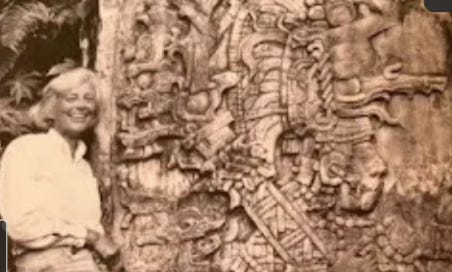



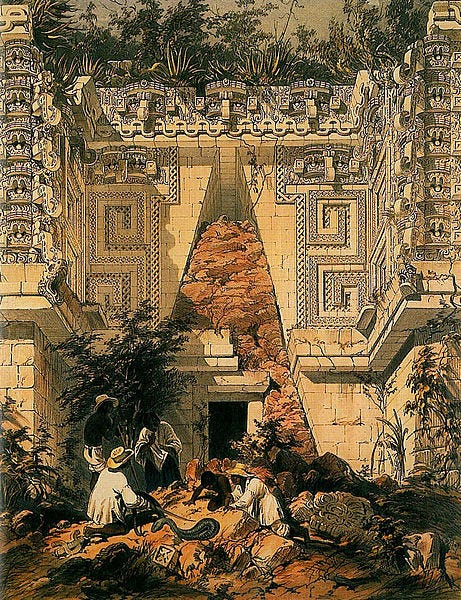
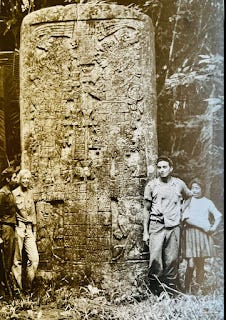
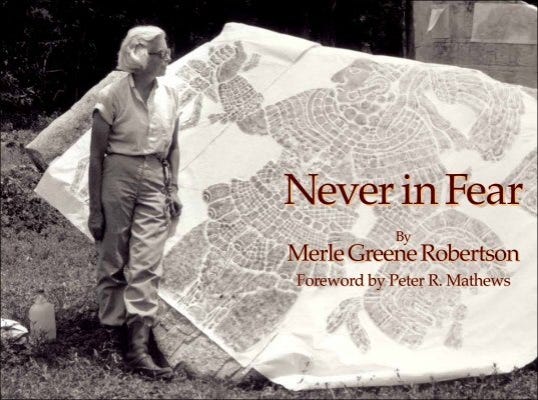
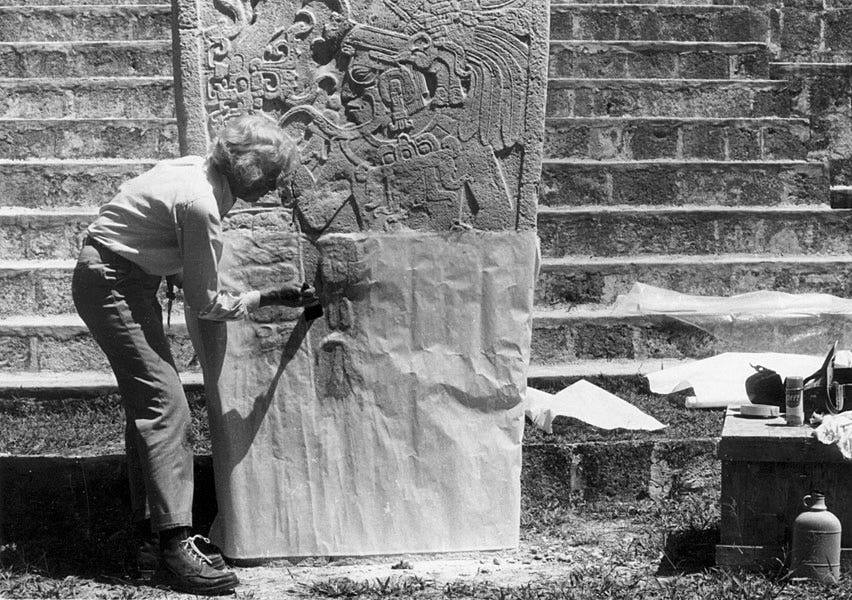
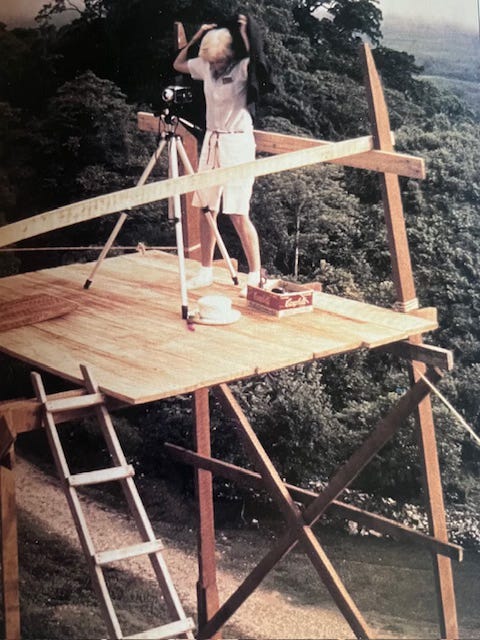
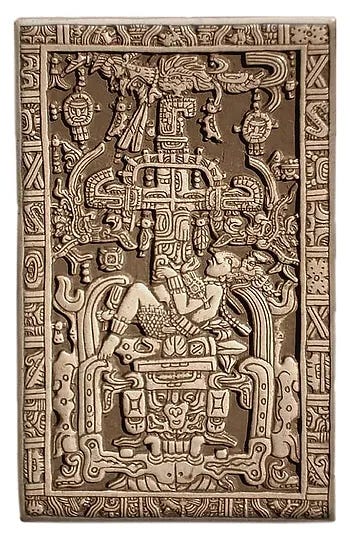

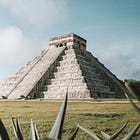
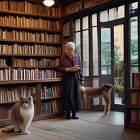
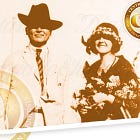
Great article, Jeanine! I knew about Merle Greene Robertson, but I learned a lot more about her from you! I always admired the women who shaped Maya archaeology; though I knew most about Linda Schele. The Palenque Mesa Redondas are famous! I loved visiting Palenque - it might be my favorite site, too. Thanks for posting the series :)
Oh, man. I'd marathon this series, because it needs to be told in long form.
Just found a list of 22 women directors of note in Mexico. I would love to know if this story is on radar for them or anyone, frankly.
https://www.thecherrypicks.com/stories/hispanic-latin-female-directors-you-should-know/